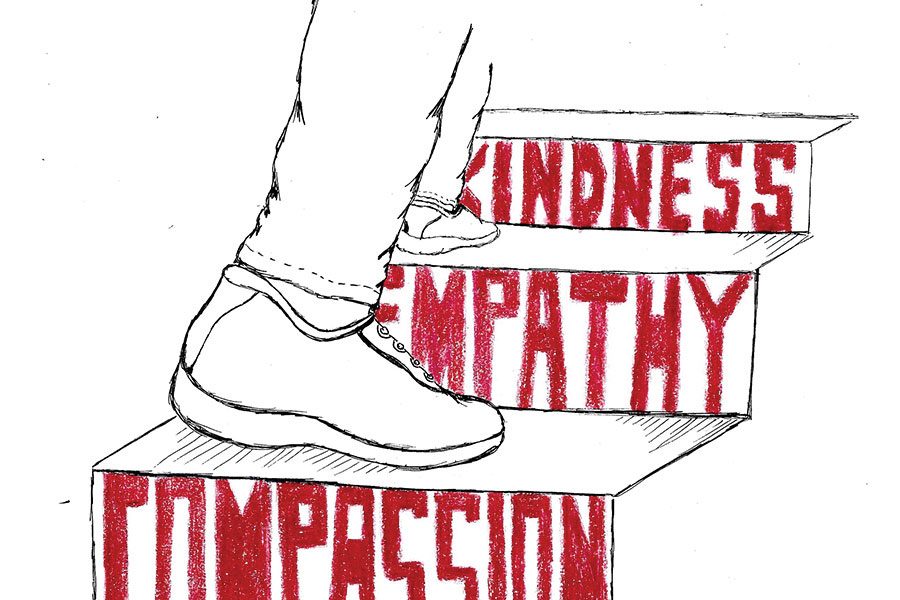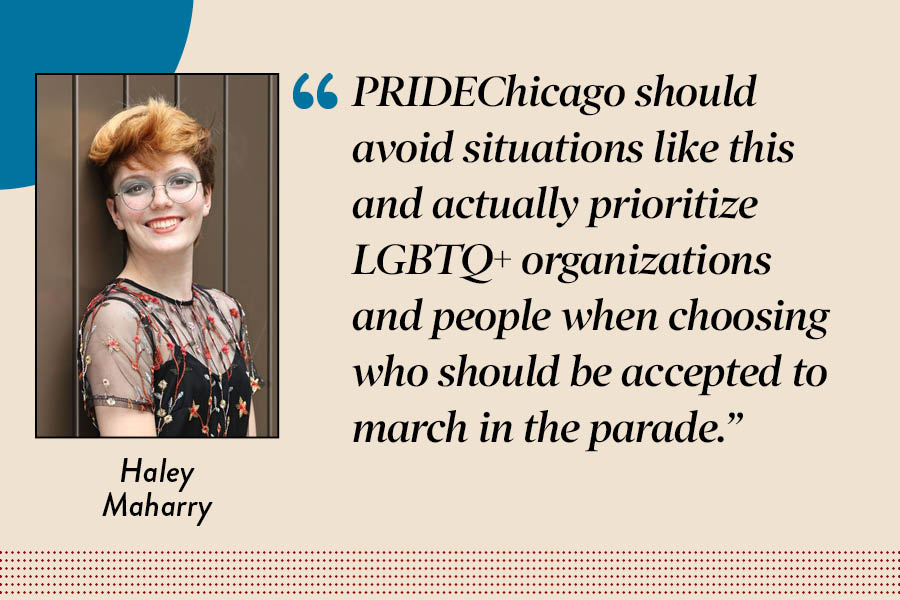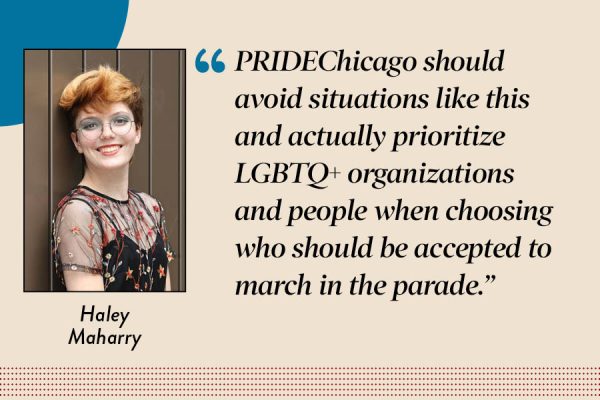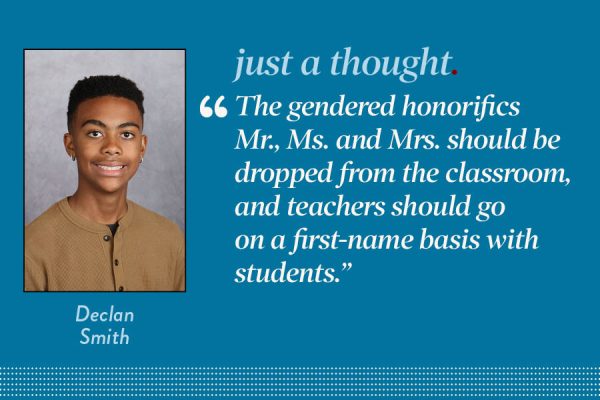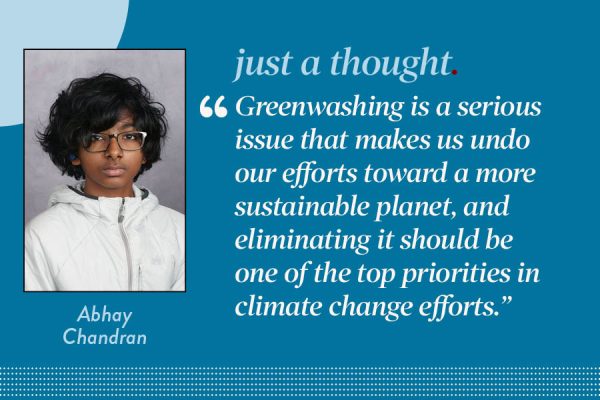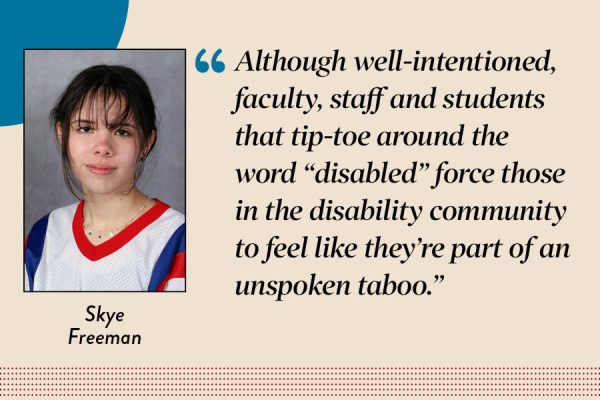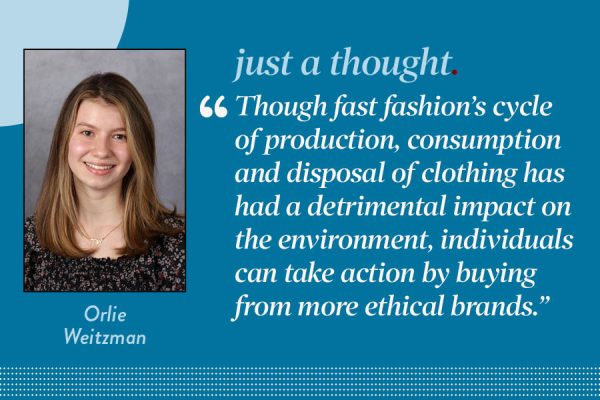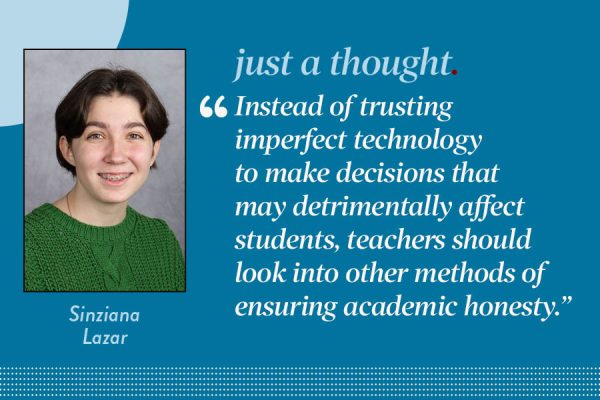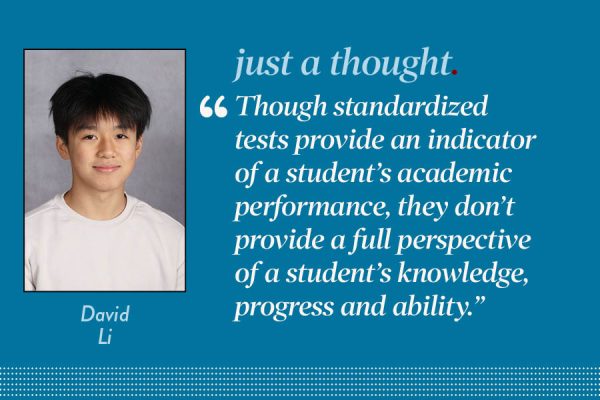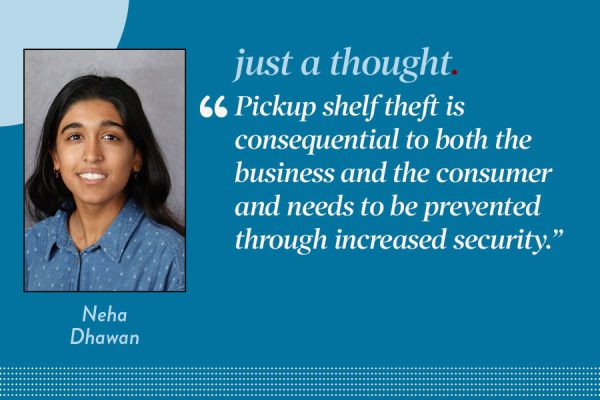We need to commit to a healthier environment
Students must take seriously social and emotional learning curriculum
December 12, 2018
A nearly universal, issue among students at U-High is largely ignored in our constant and overpowering search for our narrow definition of success and acceptance to prestigious colleges: we sometimes disregard kindness and decency to our peers. While striving to personally achieve academic accomplishments, we can secretly hope to see others fail, so we can be seen as smarter or better. We compare grades, but look down on those who aren’t doing as well as us. In other words, we have grown to lack the basic principles taught by social and emotional education.
The Collaborative for Academic, Social and Emotional Learning (CASEL) defines this type of education as the process through which an individual develops the capacity to comprehend and control emotions, set goals, make conscientious choices and have empathy for others.
An initiative to further streamline this type of education has at last come to Lab. While the effort on the part of administrators, teachers and counselors to emphasize this type of learning is necessary, it is not enough to solve the sometimes-destructive nature of social interactions between students.
The reason lies in the pervasive competition among students. Although U-High does not formally rank students, individuals in any grade and every class search for opportunities to get an edge over another. A widespread mindset is that if something can be listed on the Common App, then everything possible must be done to achieve that goal.
This attitude makes students into machines that churn out more and more work and jump through every hoop to be seen in the best light possible, even if that means losing friends in the process.
Many students hide behind a mask, never showing their true selves for fear of being seen as not good enough. One of the only exceptions is the fabled and crucial Junior Retreat, where students open up to classmates and see each other in completely different lights. For almost all juniors, this retreat works to connect them in ways never achieved before.
What makes this retreat so effective? Although it is led by an adult, most of the talking is done by students. Therefore, individuals can facilitate their own healing.
This process must be mirrored on a much larger scale to improve the social interactions at this school. With the framework of social and emotional learning as our guidelines, students must empathetically see each other not as work robots, but instead as individuals facing similar struggles. The administration and faculty must aid students by providing enough guidance to achieve these goals, but the change is impossible without the full commitment of the student body.
Creating a healthier environment won’t happen overnight and cannot be achieved by one group of one individuals. Students and the administration must make a long-term commitment to invest in improving the learning and social environment. If we don’t, we will never stop climbing over each other in order to grasp the brass ring.



